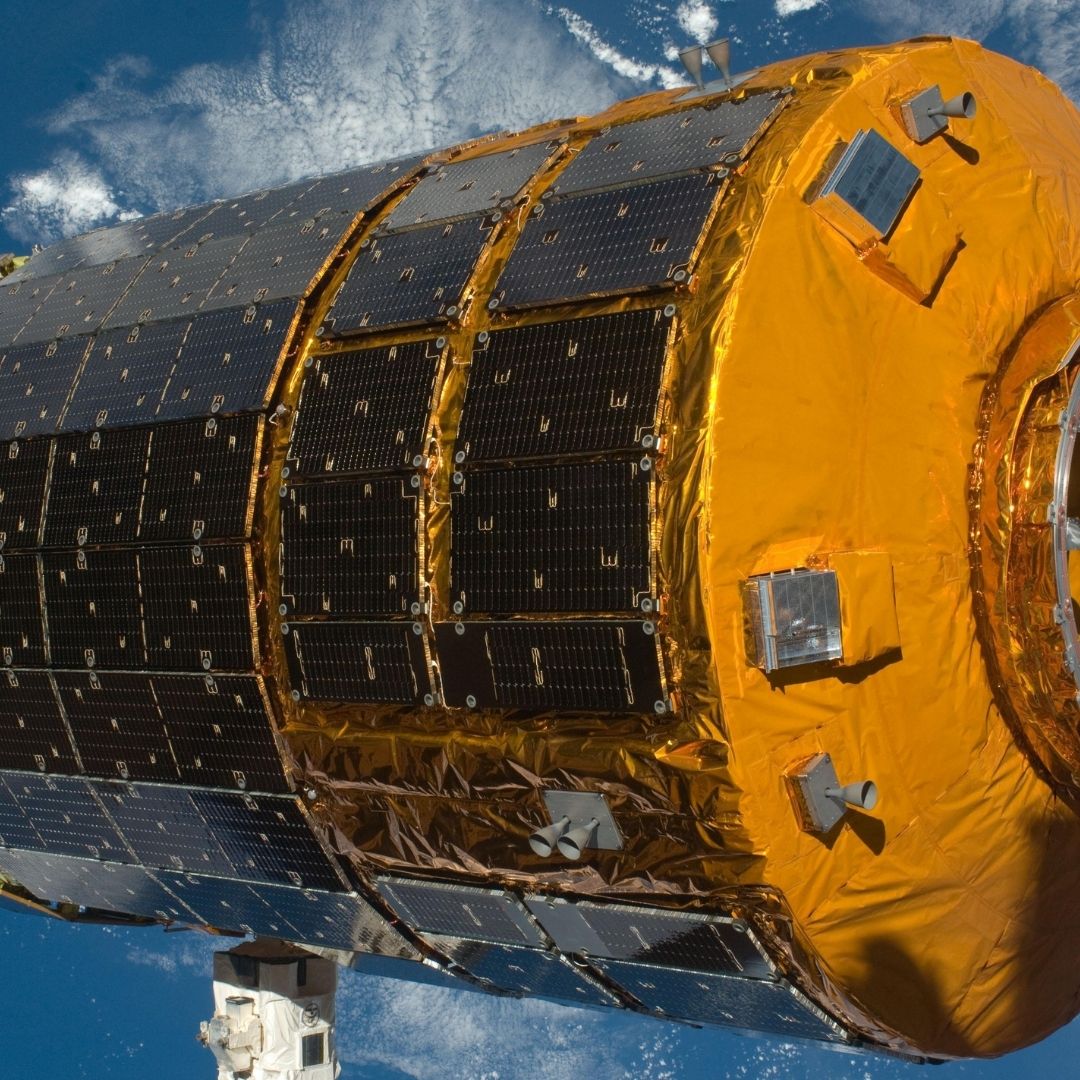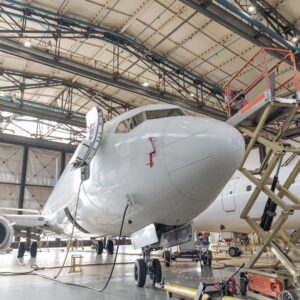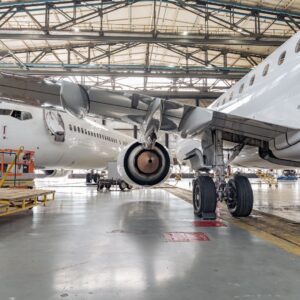Wings of Aero specializes in comprehensive Satellite Design and Engineering services for a wide range of applications, including communications, Earth observation, scientific research, and military operations. Our team of aerospace engineers, system architects, and mission planners deliver end-to-end solutions, ensuring the successful design, development, and deployment of satellite systems.
Key Features:
-
Mission and System Requirements Analysis:
- Mission Objectives: Define the satellite’s mission objectives and operational goals based on client needs, whether for commercial, scientific, or defense applications.
- System Requirements: Develop detailed system requirements to align the satellite’s functionality, payload capacity, communication systems, and orbit selection with the mission’s purpose.
- Trade-off Analysis: Conduct trade-off studies to balance mission objectives, technical performance, and budget constraints, ensuring an optimal satellite design.
-
Satellite Platform Design:
- Small Satellites: Design CubeSats, nano-satellites, and small satellites for cost-effective missions, research, and academic purposes.
- Large Satellites: Develop larger geostationary and low Earth orbit (LEO) satellites for communication, Earth observation, or reconnaissance missions.
- Modular Platforms: Implement modular satellite platforms that enable flexibility in payload selection and future scalability.
-
Payload Integration and Design:
- Payload Development: Work with clients to select and design payloads (e.g., cameras, sensors, communication systems, and scientific instruments) that meet mission goals.
- Payload Accommodation: Ensure proper integration of payloads into the satellite structure, focusing on weight distribution, thermal management, and power consumption.
- Payload Testing: Conduct extensive testing to validate payload functionality and ensure compatibility with the satellite platform.
-
Structural and Thermal Design:
- Satellite Structure: Develop lightweight, durable satellite structures capable of withstanding the launch environment and operating conditions in space.
- Thermal Control Systems: Design active and passive thermal management systems to regulate internal temperatures and protect sensitive components from the harsh space environment.
-
Power System Design:
- Solar Panels: Design and integrate high-efficiency solar panels and deployable arrays to generate power for long-duration missions.
- Batteries: Optimize energy storage solutions, including lithium-ion batteries, to ensure uninterrupted satellite operation during eclipse periods.
- Power Distribution: Develop power distribution systems to efficiently manage and allocate power to various subsystems.
-
Communication System Design:
- RF Systems: Design radio frequency (RF) communication systems for data transmission and command links, covering VHF, UHF, S-band, X-band, and Ka-band frequencies.
- Optical Communication: Explore advanced optical communication systems for high-speed, long-distance data transmission.
- Antenna Systems: Develop deployable or fixed antennas to optimize communication with ground stations, taking into account orbit and coverage needs.
-
Attitude Control and Propulsion Systems:
- Attitude Determination and Control (ADCS): Design advanced ADCS systems to maintain satellite orientation and control, utilizing gyroscopes, reaction wheels, magnetorquers, and star trackers.
- Propulsion Systems: Evaluate and integrate propulsion systems, including electric propulsion and chemical thrusters, to manage orbital adjustments and station-keeping.
-
Orbit Design and Trajectory Planning:
- Orbit Selection: Perform detailed analysis and design of optimal orbits, such as LEO, Medium Earth Orbit (MEO), or geostationary orbit (GEO), based on mission requirements.
- Launch Integration: Collaborate with launch providers to select the best launch vehicle and ensure proper integration of the satellite for deployment into the desired orbit.
- Trajectory Simulations: Use advanced simulation tools to model and optimize satellite trajectories, ensuring mission success with minimal fuel consumption.
-
Satellite Testing and Validation:
- Environmental Testing: Perform environmental testing (vibration, thermal vacuum, shock) to simulate launch and space conditions, ensuring the satellite’s robustness.
- Functional Testing: Validate the functionality of subsystems (power, communication, ADCS, propulsion) through rigorous testing.
- In-Orbit Validation: Plan for in-orbit testing and commissioning to verify satellite performance post-launch.
-
Satellite Operations and Ground Station Support:
- Mission Operations: Develop mission control protocols for continuous satellite operation, including health monitoring, data acquisition, and anomaly resolution.
- Ground Stations: Provide design and support for ground stations to ensure continuous communication, data downlink, and command control.
- Autonomous Operations: Design autonomous satellite systems capable of self-monitoring and performing routine operations without constant ground station intervention.
Applications:
- Earth Observation Satellites: Design satellites equipped with optical, infrared, or radar imaging systems for environmental monitoring, disaster management, and resource exploration.
- Communication Satellites: Develop communication satellites for global data transmission, broadcasting, and internet services.
- Scientific Research Satellites: Enable scientific missions focused on space research, atmospheric studies, and deep space exploration.
- Military Satellites: Design satellites for defense and intelligence, including surveillance, reconnaissance, and secure communications.
Benefits of Satellite Design and Engineering:
- Tailored Solutions: Customized satellite designs that align with the unique goals and requirements of each mission.
- Innovative Technologies: Incorporate cutting-edge technologies, such as electric propulsion and high-resolution imaging, for mission enhancement.
- Cost Efficiency: Leverage small satellite and modular design approaches for cost-effective solutions that meet commercial, scientific, and defense needs.
- Mission Reliability: Rigorous testing and validation to ensure the satellite performs reliably throughout its mission lifespan.
- Expert Support: Access to a team of experienced engineers, mission planners, and scientists for guidance throughout the satellite’s development.
Why Choose Wings of Aero?
At Wings of Aero, we provide world-class Satellite Design and Engineering services, ensuring that every satellite mission is optimized for success. Our expertise spans across satellite platforms, payloads, communication systems, and mission operations, offering end-to-end solutions for clients in commercial, governmental, and academic sectors.
Contact Us:
For more information about our Satellite Design and Engineering services, contact Wings of Aero today.






Reviews
There are no reviews yet.